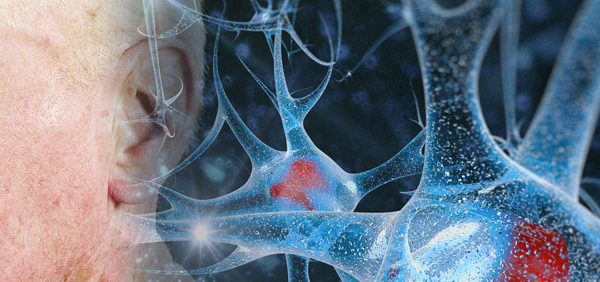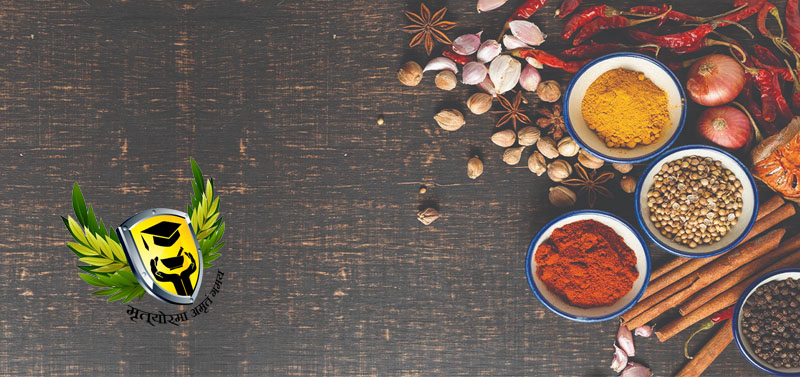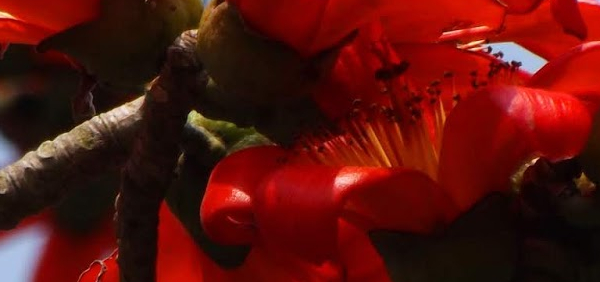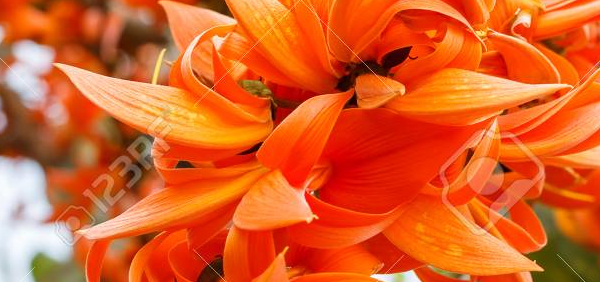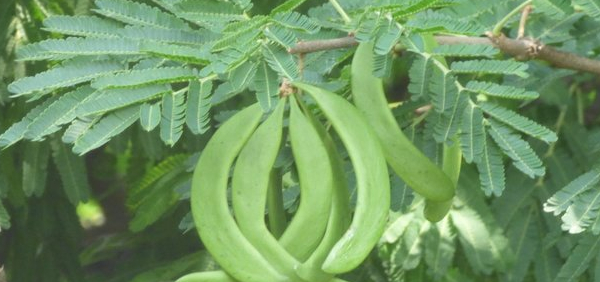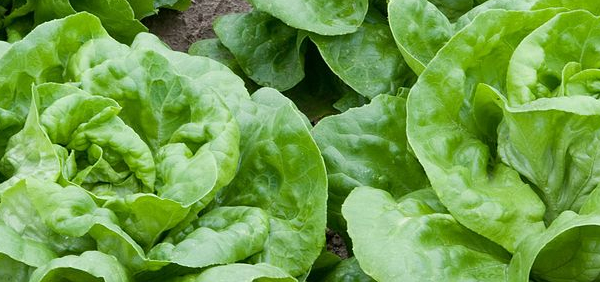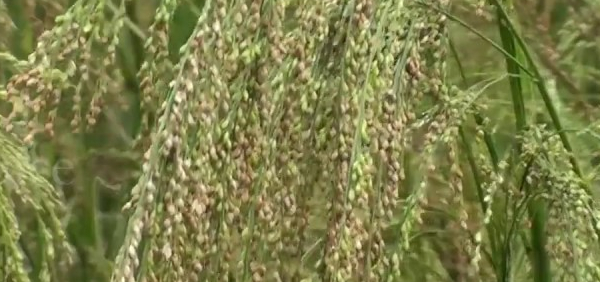shallaki :

HISTORICAL AND MYTHOLOGICAL REVIEW:
Shallaki has not been mentioned in the vedic literatures but it has been explained in charaka samhita, Sushruta samhita & Other samhitas and Nighantus of Ayurveda.
Acharya Charak has advised its use in the treatment of Shvasa, Kasa, Hikka (ch.ch.- 17/117), Vatavyadhi (Bala Taila – Ch. Chi. 28/156) and Gulma – Ashmari (ch.chi. 26/64-65) He has also used in Dhoomvarti (ch. Su. 5/20-24)
Acharya Sushruta has prescribed has it in the treatment of Puadansha (su.chi. 19/14), pittabhishyanda ( su. ut. 10/4), pakvatisara (su.ut. 40/19), Raktatisara (su. ut. 40/22) and Shvasa – Hikka (su. ut. 51/12)
Acharya Bhela has recommended it in the treatment of Vata-vyadhi (Rasna Taila and Mulaka Taila – Bh. Chi 26)
Acharya Harita has also used it in the treatment of Vatavyadhi (kalka, kwatha & Mahabala taila – Ha. Sam. 3rd sthana/chapter-23)
Shallaki has been described in the Chakradatta, particularly in the treatment of vata vyadhi (Prasarani taila, kalka paka and Maha sugandha Taila – Vata vyadhi chikitsa)
Taxonomical Classification
Kingdom: Plantae - Plants
Subkingdom: Streptophyta
Superdivision: Spermatophyta - Seed plants
Class: Magnoliopsida - Dicotyledons
Family: Burseraceae
Genus: Boswellia
Species: Boswellia serrata
Allied species:
- Purish viranjaniya (ch. Su 4/15)
- Kashaya skandha (ch. Vi. 8/144)
- Shiro virechana ( ch. Vi. 8/151)
- Rodhradi (su. Su. 38/8)
- Eladi (su. Su. 38/13)
- Kashaya skandh (su. Su. 42/13)
VERNACULAR NAMES
Sanskrit: Shallaki, Suvaha, Vallaki, Sara, Kunduruki, Ashwamutri, Maherana.English: Indian olibaum, Indian frankincense
Hindi: Salai शल्लकी shallaki, kundur, luban
Urdu: kundur, lobana
Telugu: గుగ్గిలము guggilamu, పరంగిసాంబ్రాణిచెట్టు parangi-sambrani-chettu, సల్లకి sallaki
Bengali: Kundura, salai
Marathi: Salai धुपाळी dhupali, धूपसाळी dhupasali, कुरुंद kurunda, सालफळी salaphali, साळई salai, साळी
Konkani: -लोभान lobhan
Oriya: salai
Gujarathi: Saledo, Dhupedo સાલેડી saaledi, સલાઈ ગૂગળ salaai gugul
Tamil: குமஞ்சம் kumancam, குங்கிலியம் kunkiliyam, மரத்துவெள்ளை marattu-vellai, பறங்கிச்சாம்பிராணி paranki-c-campi-rani, வெள்ளிக்கீரை vellai-k-kirai •
Malayalam: Salaiകുങ്ങില്യം kungilyam
Kannada: ಗುಗ್ಗುಳ ಮರ guggula mara
Punjabi: Salhee
Sindhi: -انڊين فرانڪسن
Arabic: Luban
Spanish: Asbol, Dol incienzo
Assamese: -Sallaki
Japanese: furankinsensu-
Chinese: Fan Hun Hsiang
French: -Franc Encens
German: - Indischer Weihrauch
Persian: Kundur گنده فيروزه gandha firoza, لوبان loban
Sinhalese: Kundrikan
Varities:
Two varieties are usually distinguished var. serrata with serrate and pubescent leaves and var. Glabra with entire, glabrous leaves. (Wealth of India: 1,208)Acc. To its shape and colour kunduru has been divided into 5 types, in the Unani system of medicine:
- Nara Kunduru
- Mada kunduru
- Gola (Round)
- KIshor kunduru
- Dukraka kunduru
Definition
कुन्दुरु:मधुरस्तिक्तस्तीक्ष्ण स्वत्वच्य: कटुर्हरेत् |
(B.P)
Synonyms
Synonyms in Ayurveda: shallaki, gajabhakshya, suvaha, surabhi, rasa, maharuna, kunduraki, vallaki, bahustrava, bhalluka, nagavrintika- Gajabhakshya : as its leaves eaten by elephant – गजानां भक्षं भोजनं |
- Surabhi : resin has good odor– सुगन्धि: |
- Susrava, bahusrava: having gum resin
- Kunduruki - appears like kunduru– कुन्दुरुर् निर्यासो अस्या: |
- Maheruna - beautiful in look - महान्तं गजमिरयति प्रेरयतीति
- Suraha - Aroma is carried by air.
- Shallaki: – शलति चलति कर्मिनि | लक्ष्यते अस्वाध्यते च गजैर्ति | शल चलने लक आस्वादने |
- Ashwamutri: – अश्वस्य मूत्रमिव स्रावो अस्य: |
- Thrayasthraphala: – त्रयस्त्रं त्रिकोणं फलमस्या: |
- Bahusthrava: – बहु स्रावन इति प्रभुत स्रावे अत्यर्तः
- Mocha: – मुञ्चति निर्यासं इति |
- Vanya: – वने जाता |
- Surabhistrava:- सुरभि: सुगन्धि: स्रव स्रावो अस्या: |
- Hladani :- ह्लादयति सुगन्धेनिति |
- Ashwamuthri
- Shadeekani
- Gajapriya
- Suvaha
- Madagandika
- Gandamula
- Boswellia = after Dr.Boswel, Edinburgh; Serrata = Saw toothed or B. thurifera yielding Frankincense or B. glara (hairless).
Rasa: Kashaya Madhura Tikta
Guna: Laghu Ruksha
Veerya: Sheetha
Vipaka: Katu
Karma: Kaphapittasamaka
For the medicinal purpose the bark and gum-resin of tree are used. The bark is considered tonic, sweet, acrid and cooling and used to treat diseases due to vitiation of pitta, asthma, dysentery, ulcers, haemorrhoids and skin diseases. But the main medicinal product obtained from the tree is its resin. The resin is one of the best herbal medicine for inflammatory diseases.
Cultivation:
A plant of the semi-arid to moist tropics, where it is found at elevations up to 1,150 metres. It grows best in areas where annual daytime temperatures are within the range 33 - 42°c, but can tolerate 7 - 47°c]. Mature plants can be killed by temperatures of -2°c or lower, but new growth can be severely damaged at -1°c. It prefers a mean annual rainfall in the range 1,000 - 1,500mm, but tolerates 500 - 2,000mm.Requires a sunny position It grows well on neutral soils above gneiss, schist, quartzite, limestone and sandstone, and has the ability to thrive in the poorest and the shallowest of soils where most of its associates remain stunted. Prefers a pH in the range 5.5 - 6.5, tolerating 5 - 7.4. Established plants are very drought tolerant.
The tree produces root suckers and responds well to both coppicing and pollardin.
Plants are resistant to damage from fires
A mature tree yields about 1 - 1.5 kilos of gum a year
Propogation:
Seed - it has a short viability and is best sown as soon as it is ripe.Harvesting:
The tree is harvested from the wild, especially for its gum and bark, which are traded locally and internationally. It is also used in replanting schemes for poor soils and is sometimes grown as an ornamentalSTANDARDIZATION:
Quantitative Standards
- Foreign matter:- Not more than 2%
- Ash :- Not more than 2%
- Acid – insoluble ash:- Not morethan 0.5%
- Ethanol – soluble extractive – Not less than 56%
- Water soluble extractive – Not less than 22%
- Vol. oil – Not less than 4.5%
Phytochemistry:
Volatile oil is composed of Sequiterpende, alcohos, anisaldehyde, d-α-thujone, α-pinene, d-α-phellandrende and phenolic compounds.
Similar to turpentine oil, this oil is soluble in colophony & dammer, but more volatile in nature. Gum is mainly composed of arabinose with small amounts of xylose and galactose. Gum als conatins oxidizing and diastatic enzyes. The highly brittle resin is soluble in various organic solvents. It softens between 65-72°C and melts between 73-78°C. Resin is mainly employed in preparation of varnishes.
Indian olibanum contains β-boswellic acid in resin portion, Volatile oil contains P-cymene, α-limonene, terpinolene, α-thujone, α-thujone, α-phellandrene, α-terpiol, bornyl acetate, and methyl chacicol. A diterpene alcohol viz. serratol has been reported from gum resin.
PHARMACOLOGY:
Formulations
There are many Ayurvedic Medicines in which Shallaki Boswellia serrata is used as an ingredient.
- Shallaki Niryasa
- Agaruvadya Taila
- Himalaya shallaki,
- Trutiyadi churna
Parts used for medicinal purpose
Bark, Gum, ,Dosage:
Antidote:
Dosage hasn’t been well studied, but high doses can have serious side-effects on the liver. Interactions with other medications haven’t been well studied.Purification:
Generally four grades of gum-resin are known: Superfine grade is translucent, very light, yellow, in color, free from bark and other impurities; Quality 1 is brownish yellow, less translucent and free from bark and impurities; Quality II is brownish, semi-translucent and may have some impurities; and Quality III is dark brown, opaque and with impuritiesSubstitute:
Large round or club shaped golden tears from B. casterii Birdw and B. frerean Birdw impored from countries of the Gulf and North Africa, sold in the Indian market by the name Kundur.Adultrants:
The oleo gum resin of B. serratea is also adulterated with moina gum fromGaruga pinnata RoxbControversy:
-There is preliminary evidence that taking Indian frankincense extract orally might reduce osteoarthritis symptoms such as knee pain and swelling, while its use in rheumatoid arthritis is controversial. More evidence is needed for use of boswellia in both these conditions.Commercial value:
The tree, on tapping exudes an oleo-gum resin which is known as "Kunduru" or "sallai guggulu" or "Indian olibanum".
Tapping period for kunduru is extends from November to June or July.
The tapping of boswellia gum for industrial purposes has not met with much success, because of very variable yield.
Morphology:
Moderate sized, deciduous tree, up to 18 m in height and up to 2.4 m in girth;light, spreading crown and drooping branches;Bark very thin, greyish-green, ashy or reddish in colour with a chlorophyll layer beneath the thin outer layer;Leaves are alternate, exstipulate, imparipinnate, 20-45 cm in length, crowded towards the ends of the branches;leaflets 17-31 cm, opposite, 2.5-8 cm x 0.8-1.5 cm, basal pairs often smallest, sessile, lanceolate or ovate-lanceolate, crenate, very variable in size;Flowers white, born in stout racemes 10-20 cm long, shorter than the leaves, crowded towards the ends of branches, but not terminal;Calyx persistent, pubescent outside, 5 to 7-toothed;teeth small, deltoid;Petals 5-7, erect, free, 0.5 cm long;Fruits 1.3 cm long, trigonous, with three valves and three heartshaped, 1-seeded pyrenes, winged, along the margins
Histology:
-Debris of fibres, rectangular cork cells, very few yellowish oil globules and numerous, small or large, oval to round or rhomboidal crystalline fragments present.Geographical distribution:
Maharashtra (Eastern part), Madhya Pradesh, Rajasthan, South India, Nepal, Marathwasa & Himalaya.A moderate or large branching tree with a bole 12-15 in height and 3-5 in girth.
Generally found in dry hilly areas. About 10 species of genus Boswellia occur in tropical parts of Asia & Africa.
It is common in most parts of the central provinces,the Deccan, Bihar, orissa, Rajputana, Central India, Eastern states and north Gujarat, but not found in Bengal, Assam and Burma.
ECOLOGICAL ASPECT:
-Wood borers are reported to cause severe losses to the stored wood. The pests can be contoled by spraying BHC at fortnightly interval. They can also be controlled by debarking and proper drying or by placement of logs in a single row but not in conact with one another on skids and by proper stacking. [ Med Arom plant Absin, 1994, 16, 3]Plant conservation:
Generally trees over 30" in girth, and also those damaged by borers yield the gum in some quantity, while some trees do not exude any. Dwarfed and suppressed trees or very old trees give poor yield.
Tapping doses not injury to the tree and the method of tapping influences yield.
One method, which is reported to have met with some success, consists in shaving off a thin band of bark (6" in width), 2-2.5" from the base of the tree and freshening it every 4thor 5th day.
The gum exudes usually after first freshening
General Use:
- Joints
- Rheumatoid arthritis
- Cancer
- Skin care
- Female reproduction system
- Asthma
- Cold &flu
- Osteoarthritis
- Crohns disease
- Ulcerative colitis
- Sexual problems
Therapeutic Uses:
Shallaki is extensively used in the treatment of painful joint diseases and other inflammatory conditions in joints. Due to its anti-inflammatory activity has been used in the formulation of medicines. Its resin exerts multidimensional anti-inflammatory effects. Shallaki preparation is recommended for the free mobility of joints. Boswellia is effective in rheumatoid arthritis and some other chronic inflammatory diseases bronchial asthma, osteoarthritis, ulcerative colitis, and Crohns disease. Boswellia serrata also act as an alternative to of NSAIDsSystemic Use:
Administration:
oral and topical administration.Pharmacological:
Useful in disorders caused by kaphapitta. Paste is applied in rheumatoid arthritis and cervical adenitis; ointment is used in chronic ulcers. In eye diseases, it is used by mixing with honey. It is an appetizer and digestive, therefore useful in bad breath, loss of appetite, diarrhoea, dysentery, It is used in chronic cough in the form of smoking colour of the stool is resoted to normal due to its action on pitta. Also useful in gonorrhea.Clinical trials:
1.- Ammon HP. Salaiguggul-Boswelliaserrata from a herbal medicine to a specific inhibitor of leukotriene biosynthesis. Phytomedicine 1996;3:67-70.
- Etzel R. Special extract of boswelliaserrata (H15) in the treatment of rheumatoid arthritis. Phytomedicine 1996;3:91-4.
Research:
1. Basch E, Boon H, Davies T, Hashmi S, Hasskari J, Sollars D, et al. Boswellia: A evidence based systematic review by the naturalstandard research collaboration. J Herb Phar 2004;4:63-83- Pawar RK, Sharma S, Singh KC, Sharma RK. Physico-chemical standardization and development of HPTLC method for the determination of β-boswellic acid from BoswelliaserrataRoxb. (exudate). Int J App Pharm 2011;3:8-13.
- Singh GB, Atal CK. Pharmacology of an extract of salaiguggul ex-Boswelliaserrata. Indian J Pharmacol 1984;16:51.
Precautions:
Pregnant women must avoid boswellia because its an emmenagogue that increases blood flow to the pelvis45 and the uterus, encouraging menstruation, and an abortifacient, meaning it can induce a miscarriage. Breastfeeding women should avoid using boswellia, tooToxicity studies:
Use in other system of medicine:
CONCLUSION:
Boswellia is an extract sourced from the gum resin produced by the Boswellia serrata, a branching tree native to Africa and Arabia. Also known asKEY WORDS: shallaki Boswellia serrata Roxb
- » Classification and names of shallaki
- » Synonyms and definitions of shallaki
- » Drug Properties of shallaki
- » Chemical Constituents of shallaki
- » Standardization of shallaki
- » Parts used and Dosage of shallaki
- » Morphology and Histology of shallaki
- » Distribution and Conservation of shallaki
- » Cultivation of shallaki
- » shallaki in the market
- » Medicinal Uses of shallaki
- » Researches and clinical trails of shallaki
- » shallaki in other sytems of medicine
- » Ayurvedic formulations with shallaki
- » Images of shallaki


